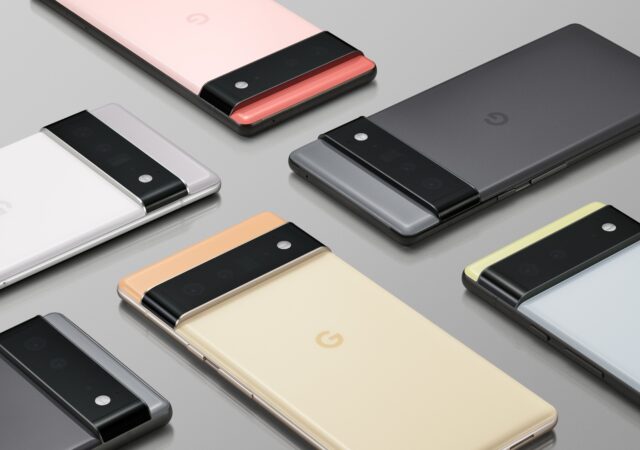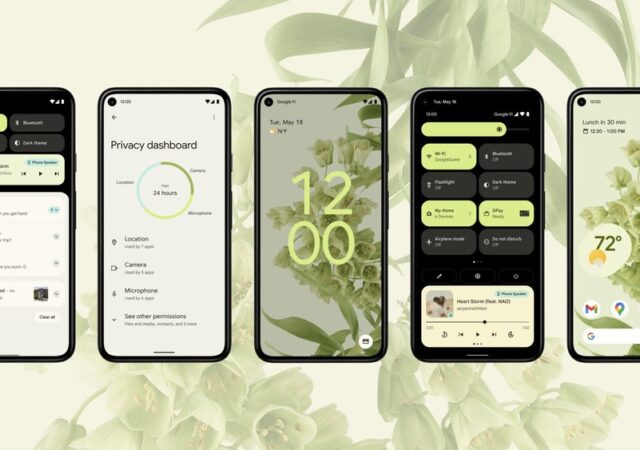Google unveils their new flagship smartphone in the Pixel 6 and Pixel 6 Pro powered by the the first Google Tensor processor.
[Google I/O 2021] Android 12 is a Big Visual Change for You
Google I/O sees the introduction to Android 12. The latest generation of the world’s most popular OS gets a major design overhaul.




